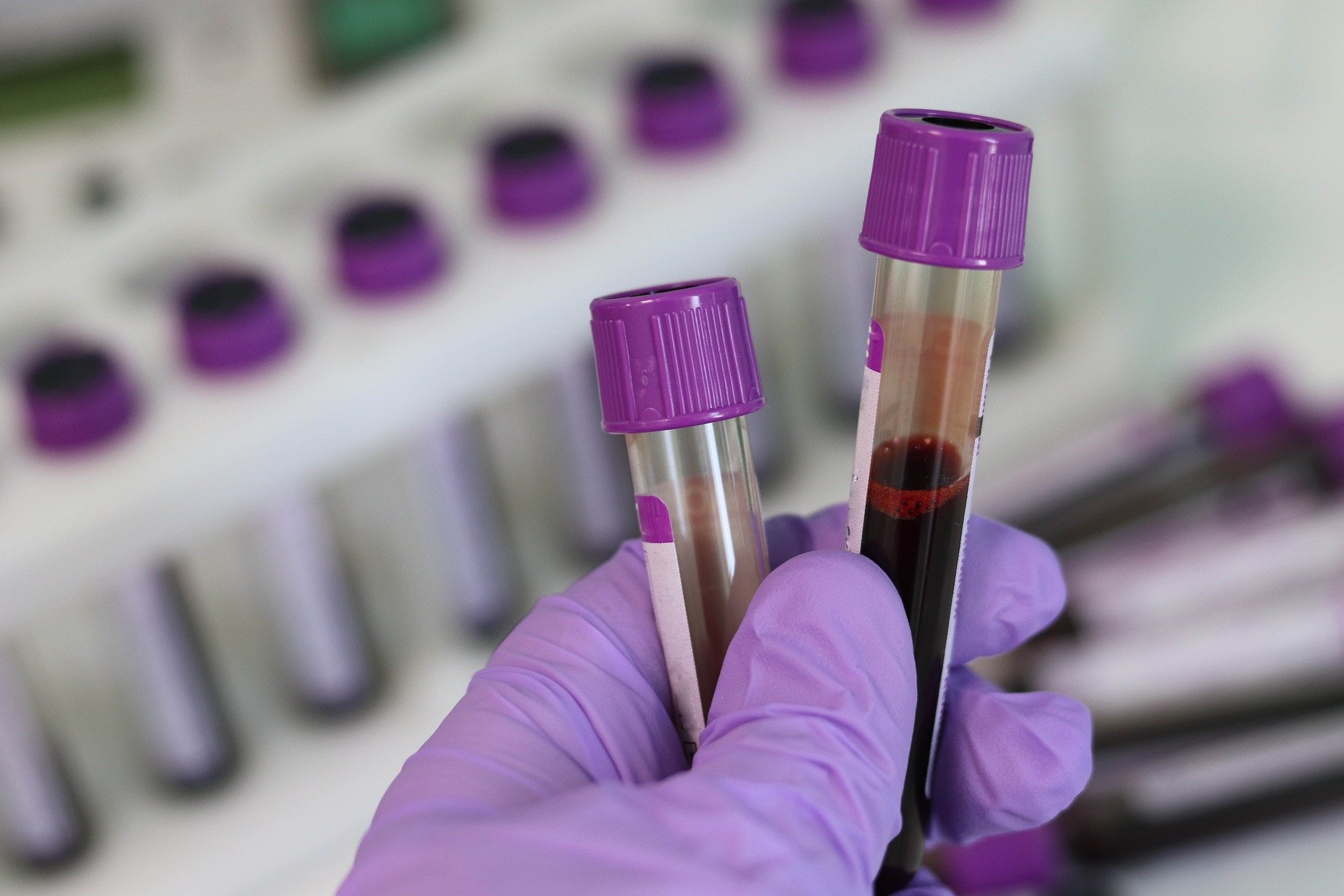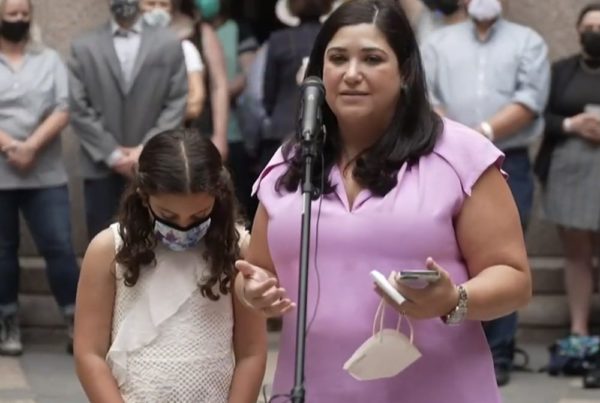A new report by UT Southwestern Medical Center researchers finds huge disparities in cancer outcomes for Texas teens and adults under 40.
The study analyzed data from the Texas Cancer Registry between 1995 and 2016. Sandi Pruitt is the study’s senior author and an associate professor of population and data sciences.
“The top-line finding here, unfortunately, is that the disparities in survival for adolescents and young adults in this state are really striking,” Pruitt told Texas Standard.
As one example, Pruitt said among men with non-Hodgkin’s lymphoma, “Seventy-five percent of those who are white are alive five years later, compared to only 57% of those who are Black.”
The review also found outcomes were worse among Hispanics.
Though researchers also examined factors such as the neighborhood poverty rate where individuals lived, as well as whether their neighborhood was rural or urban, Pruitt says they found race was the strongest predictor of outcome – even over insurance status.
“It means that part of the problem is our disinvestment in communities that then suffer because they have low resources – economic resources and social resources – to receive the right type of health care and also to comply,” Pruitt said. “And moreover, people who are African American experience a disproportionate amount of discrimination and bias as a result of racism. And some of that even happens during and surrounding medical care. So these are some of the types of social contributions and social factors that contribute to the survival disparities we’ve seen that go above and beyond just having insurance.”
Pruitt says one of the review’s most alarming findings is that for Black teens and young adults, cancer survival today is worse that it was for their white peers 10 years ago.
“We all are hearing about the important contributions of new treatments to cancer survival,” Pruitt said. “And those, in general, are causing our mortality rates to lessen and to increase how long people can live after they have cancer. Unfortunately, in our study, we showed that these benefits aren’t being received equally by all populations, and that the survival of Black adolescents and young adults with cancer is worse than it was for whites 10 years ago should be a rallying cry for our state to start tackling these very real issues.”














